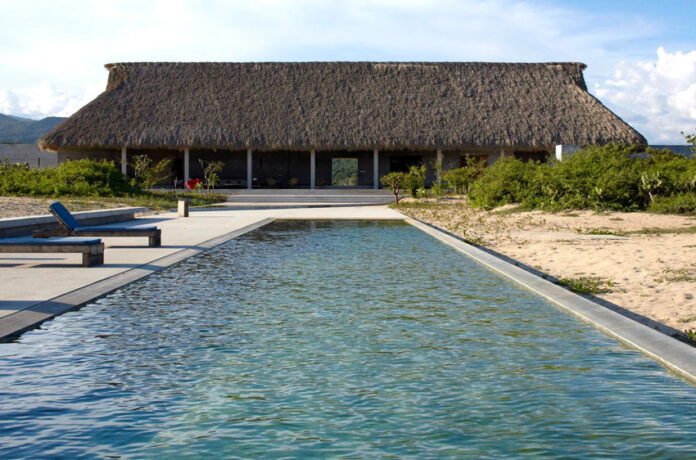Since its inception in 1979, the Pritzker Architecture Prize has maintained a longstanding connection with Mexico. Created by the Hyatt Foundation, the prize honors living architects whose work exhibits talent, vision and a sustained commitment to humanity and the built environment.
Just one year after the prize was established, Mexican architect Luis Barragán was named as its second recipient. His acceptance speech, delivered at Dumbarton Oaks in Washington, D.C., is widely regarded as one of the most memorable in the history of the award. Architectural Digest described it as “a love letter to architecture.” Jay A. Pritzker, cofounder of the prize, told the press in 1980 that Barragán was chosen because his architecture embodied “a sublime act of the poetic imagination.”
Although no other Mexican architect has won the prize since, the country continues to host several significant works by laureates from around the world. These projects contribute to Mexico’s architectural heritage and reflect its openness to international collaboration. Below is a selection of Pritzker Prize-winning architects who have built in Mexico and the projects that exemplify their work.
Tadao Ando (1995)
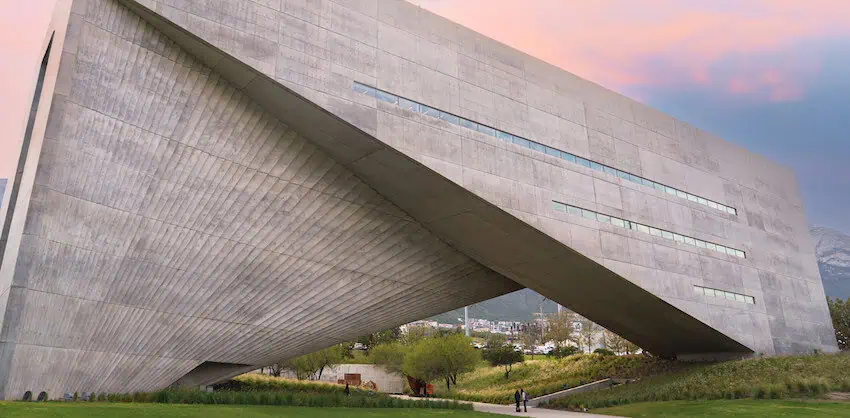
Japanese architect Tadao Ando is renowned for his minimalist designs that balance natural light, materiality and harmony with the environment. In Mexico, he is responsible for two significant projects:
-
The Roberto Garza Sada Center at the University of Monterrey. Housing the university’s art, architecture and design schools, the building has become an institutional icon. Its form resembles an open portal, framing the mountains of the nearby Cumbres de Monterrey National Park. “I began the design of the building by drawing a simple figure of a box,” Ando said. “By making a cut in the middle of this figure, I came up with the idea of transforming the box into a door.”
-
Casa Wabi in Puerto Escondido, Oaxaca. Serving as the main headquarters for the Casa Wabi Foundation, this coastal retreat fosters dialogue between contemporary artists and local communities. “This is a very unique project where I used unusual materials that allowed me to create architecture and spaces that cannot be replicated anywhere else,” Ando said.
Toyo Ito (2013 Laureate)
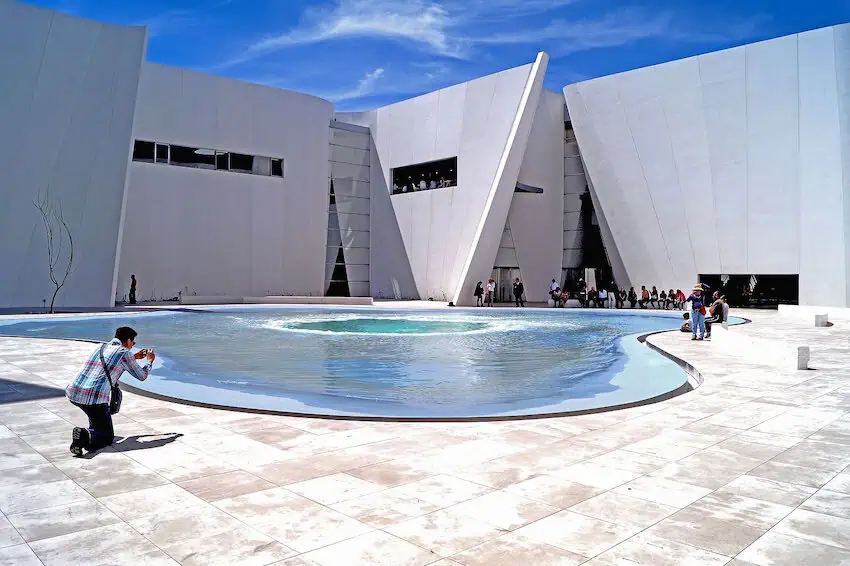
Awarded the Pritzker Prize in 2013, Toyo Ito is known for fusing technological innovation with organic design. His only project in Mexico, the International Baroque Museum in Puebla (MIB), is a fluid structure composed of curved, paper-like walls and reflective water features. The building itself is considered a work of contemporary art.
Kenzo Tange (1987)
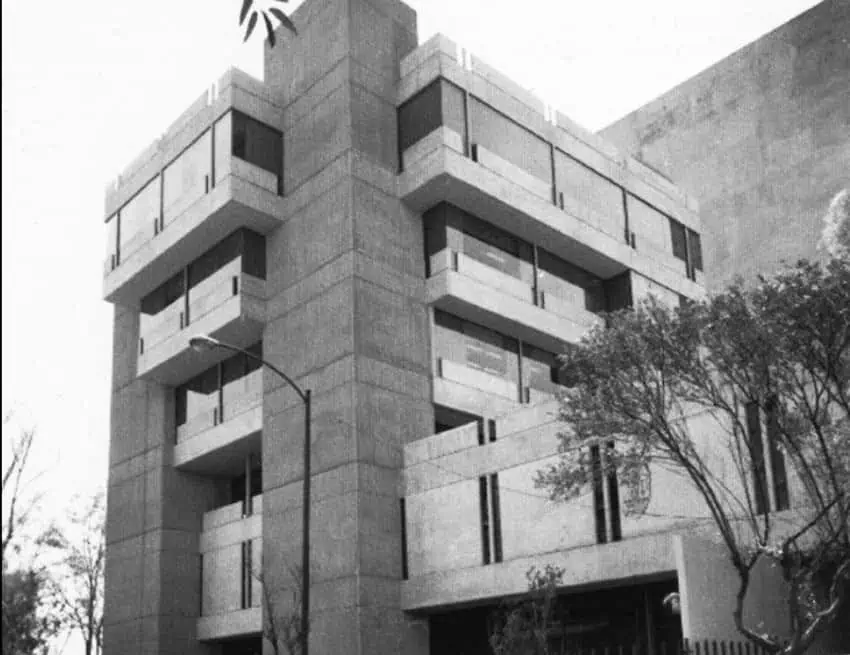
Kenzo Tange, a pioneer of modernist and Metabolist architecture, designed the former location of the Japanese Embassy in Mexico City in collaboration with Mexican architects Pedro Ramírez Vázquez and Manuel Rosen Morrison. Completed in 1976, the structure reflects elements of Japanese regionalism and features prominent horizontal lines and Brutalist characteristics.
Richard Meier (1984)
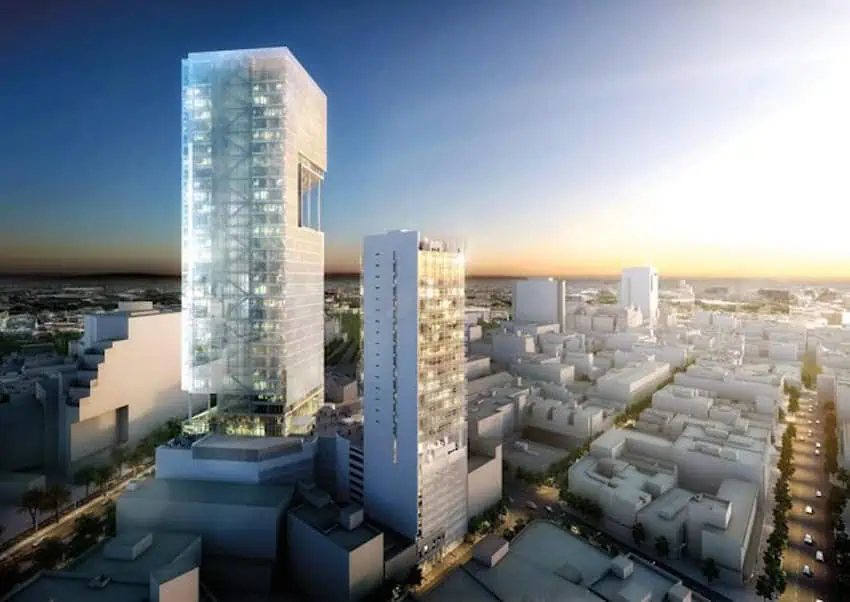
American architect Richard Meier is best known for his abstract white forms and extensive use of glass. In Mexico City, he designed the Cuarzo Tower, a 40-story complex equipped with more than 450 in-line friction dampers to mitigate earthquake impact. The tower includes office space, retail areas, restaurants and sports facilities, all connected by a shared base.
Luis Barragán (1980)
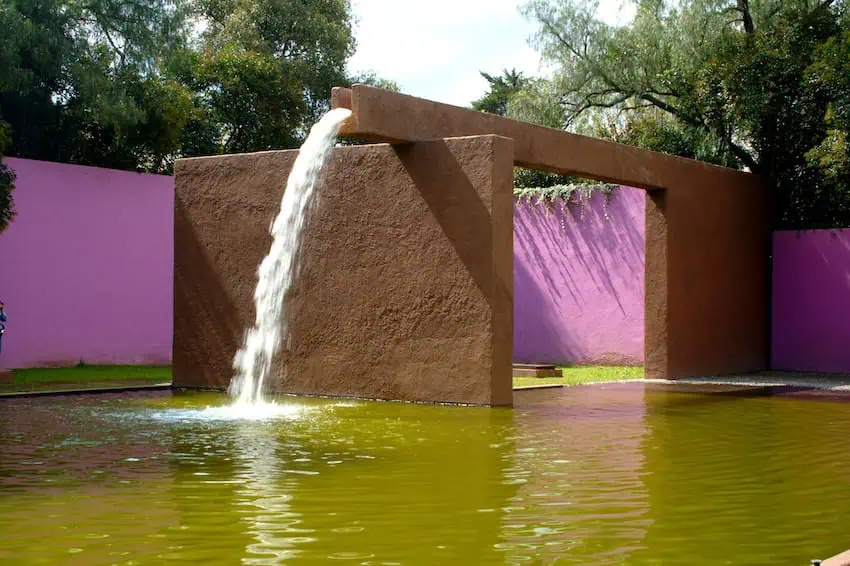
The only Mexican architect to win the Pritzker Prize, Luis Barragán remains one of the most influential figures in modern architecture. His iconic projects include Casa Gilardi, Fountain of the Lovers, Casa Luis Barragán, Satellite Towers, Cuadra San Cristóbal and Casa Egerstrom. Barragán’s work is known for its vibrant color, emotive spaces and a design language inspired by Mexican vernacular, colonial heritage and Moroccan influences.
David Chipperfield (2023)
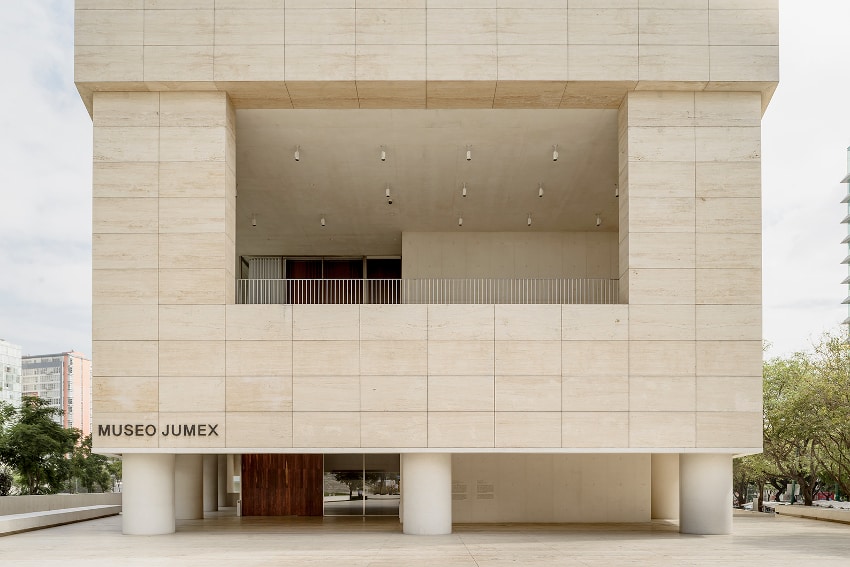
British architect David Chipperfield designed the Museo Jumex in Mexico City, his first Latin American project. The museum’s minimalist travertine façade and monolithic form offer a moment of calm in the urban landscape. The museum promotes the production, discussion and dissemination of contemporary art.
Zaha Hadid (2004)
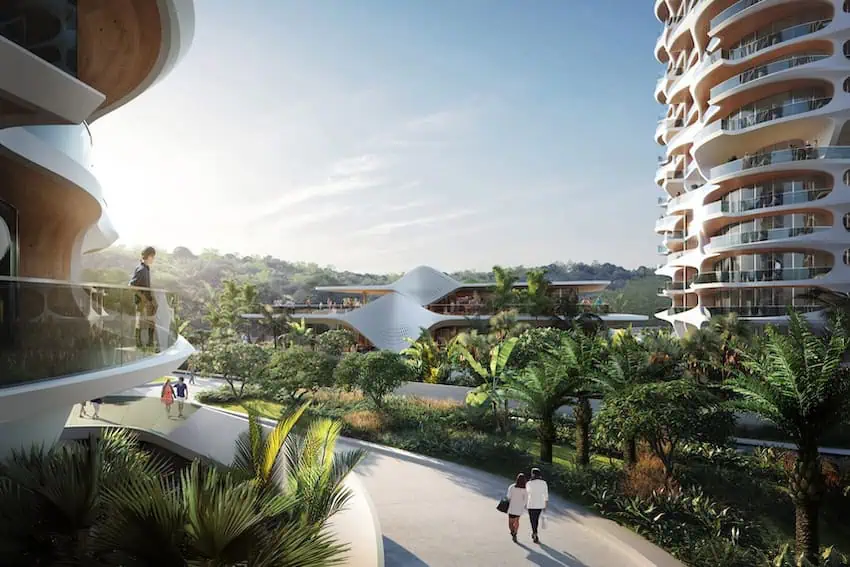
The late Zaha Hadid, the first woman to win the Pritzker Prize, developed several visionary projects for Mexico, although none were built. Her designs included the Bora Tower in Mexico City, Esfera City Center in Monterrey and Alai Towers in Cancún. The Bora Tower, inspired by Frida Kahlo and Mexican cultural motifs, was halted due to permitting issues.
Mexico continues to engage with the global architectural community through a dynamic blend of local and international talent. Though only one Mexican architect has won the Pritzker Prize to date, the country remains fertile ground for groundbreaking architecture. Figures such as Mario Pani, Ricardo Legorreta and a new generation of designers contribute to Mexico’s status as a hub for architectural innovation.
Ana Paula de la Torre is a Mexican journalist and collaborator for various outlets including Milenio, Animal Político, Vice, Newsweek en Español, Televisa and Mexico News Daily.
